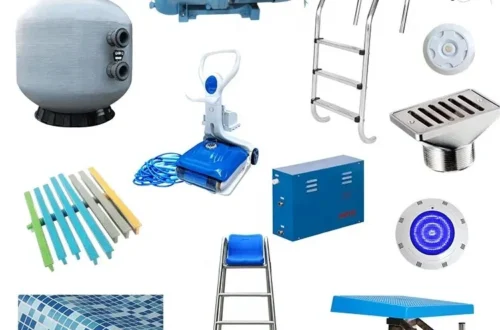The Ultimate Guide to Diaper Making Machines: Efficiency, Technology, and Cost Analysis
The Ultimate Guide to Diaper Making Machines: Efficiency, Technology, and Cost Analysis
In today’s competitive hygiene product market, manufacturers rely on advanced machinery to meet growing demand. This guide explores the core aspects of modern diaper production equipment, helping businesses make informed decisions.
Core Components and Functional Breakdown
Modern diaper manufacturing systems integrate multiple automated modules. These include pulp feeding systems, SAP application units, elastic attachment stations, and ultrasonic sealing mechanisms. Each component synchronizes to ensure continuous output with minimal manual intervention.
Smart Automation Technology
Intelligent PLC controls and IoT-enabled sensors now dominate high-end models. These systems self-adjust material tension, detect defects in real-time, and optimize adhesive usage. Such technology reduces material waste by up to 15% compared to conventional systems.
Efficiency Metrics and Output Analysis
Production efficiency directly impacts operational profitability. Advanced Diaper Making Machine models achieve speeds of 600-800 pieces/minute while maintaining 99% accuracy in core positioning and leg cuff formation. Energy-efficient servo motors further reduce power consumption by 20-30%.
Maintenance Optimization
Predictive maintenance algorithms analyze equipment vibration patterns and temperature data. This proactive approach decreases unplanned downtime by 40% and extends machinery lifespan by 3-5 years.
Investment Analysis and ROI Timeline
Initial investment ranges from $50,000 for basic models to $500,000 for fully automated lines. Most operations achieve breakeven within 18-24 months through optimized material usage and reduced labor costs.
Frequently Asked Questions
What production speed can we expect from mid-range models?
Modern mid-range machines typically produce 400-550 diapers/minute, balancing cost and output for growing businesses.
How does automation affect staffing requirements?
Fully automated lines require only 2-3 operators per shift, compared to 8-10 workers for semi-automatic systems.
What’s the typical maintenance schedule?
Preventive maintenance should occur every 500 operating hours, with major servicing recommended annually.
Next Steps for Manufacturers
Ready to upgrade your production capabilities? Contact our engineering team for personalized equipment recommendations and customized ROI projections. Schedule your facility assessment today to discover how modern diaper machinery can transform your operation.


